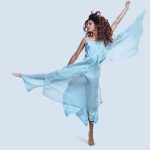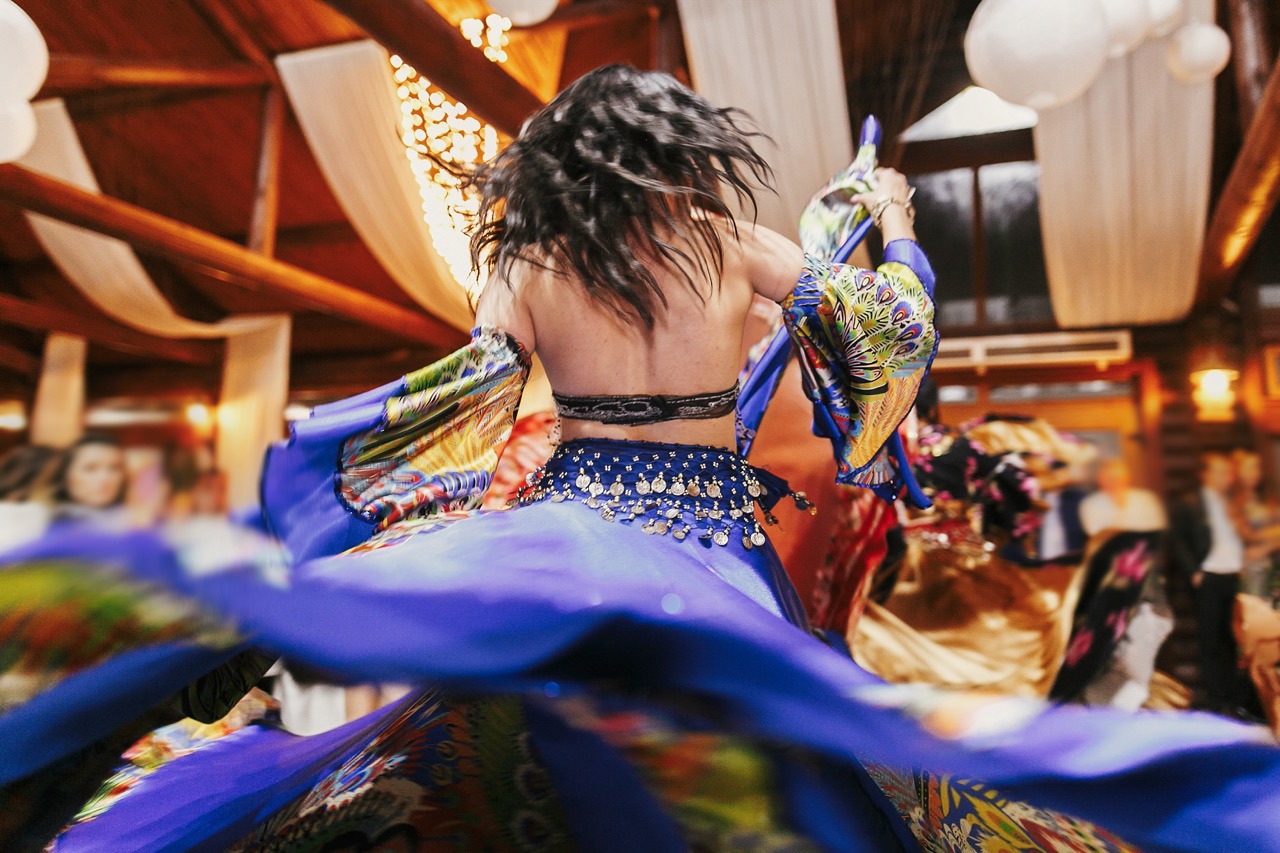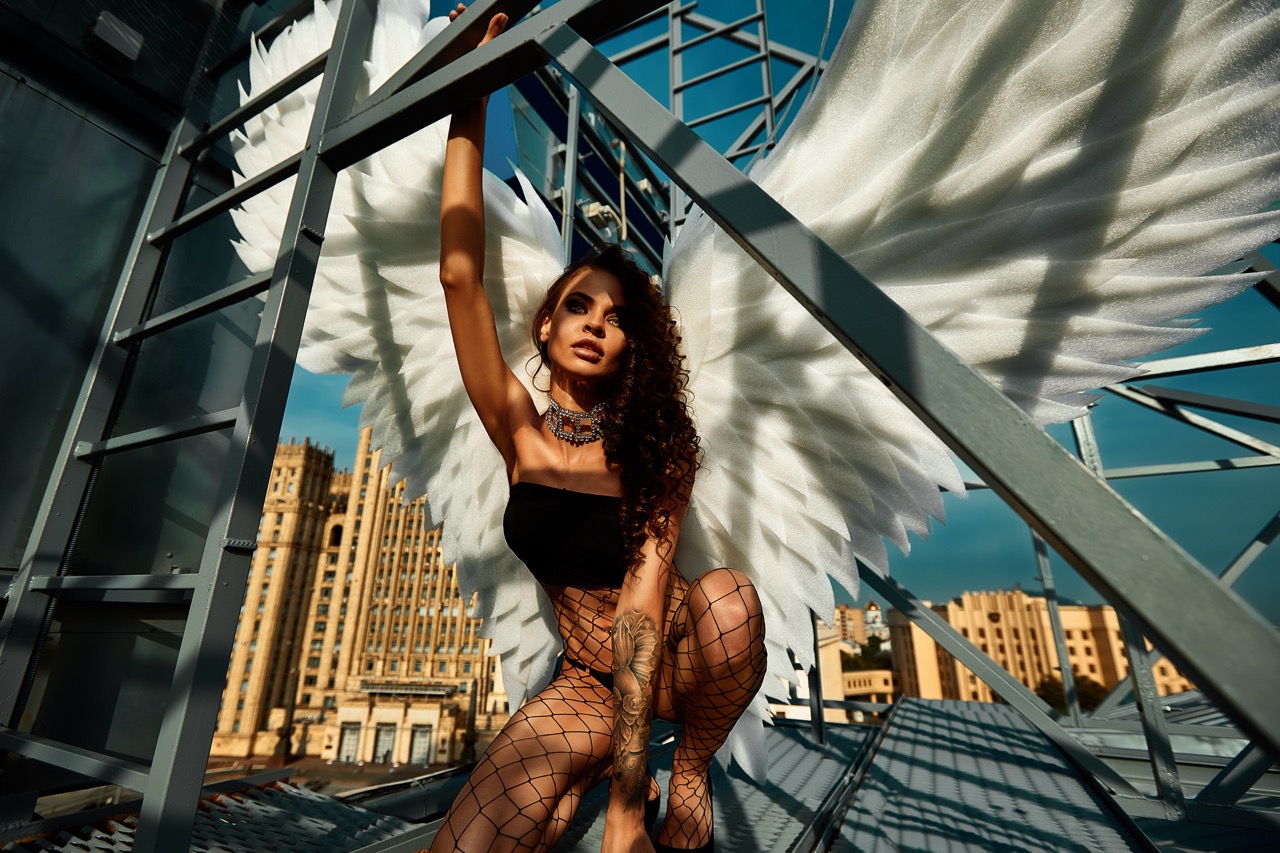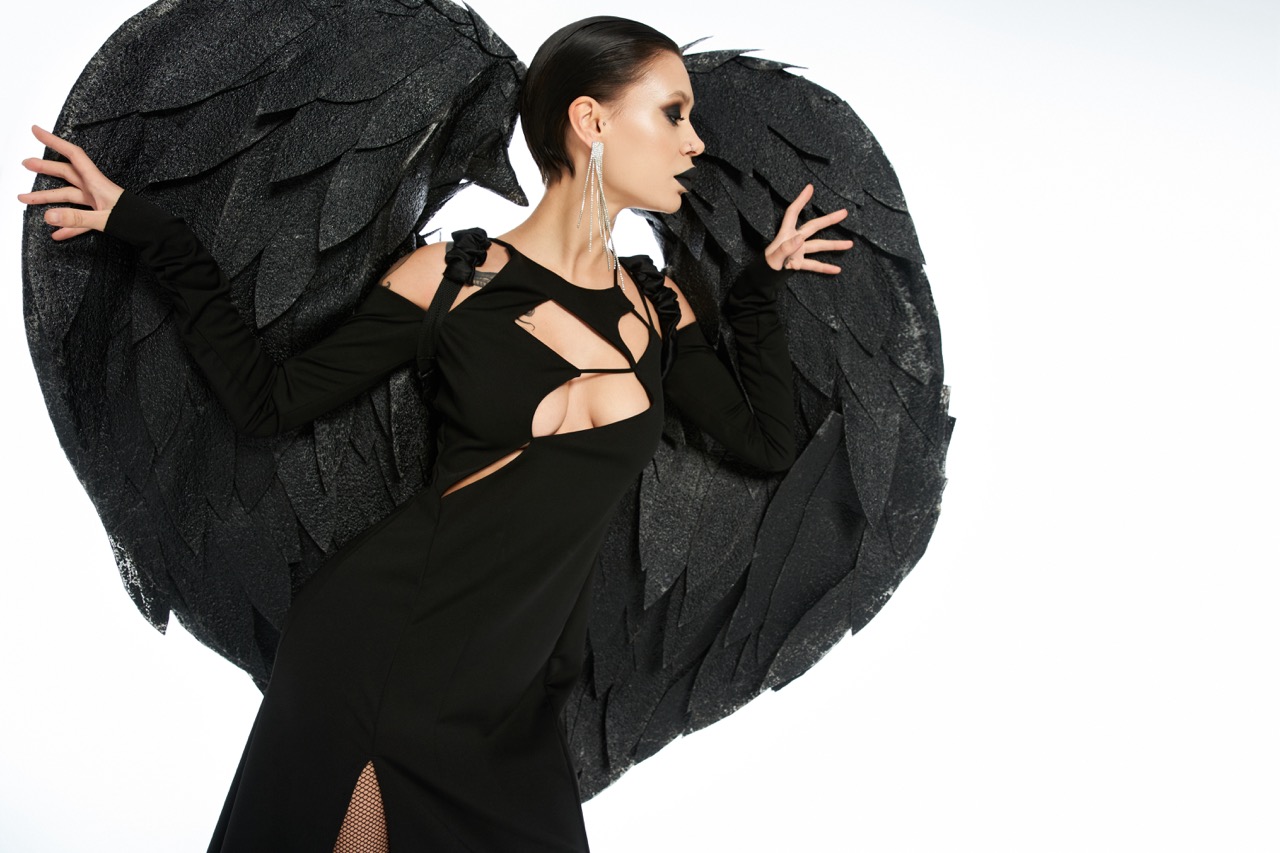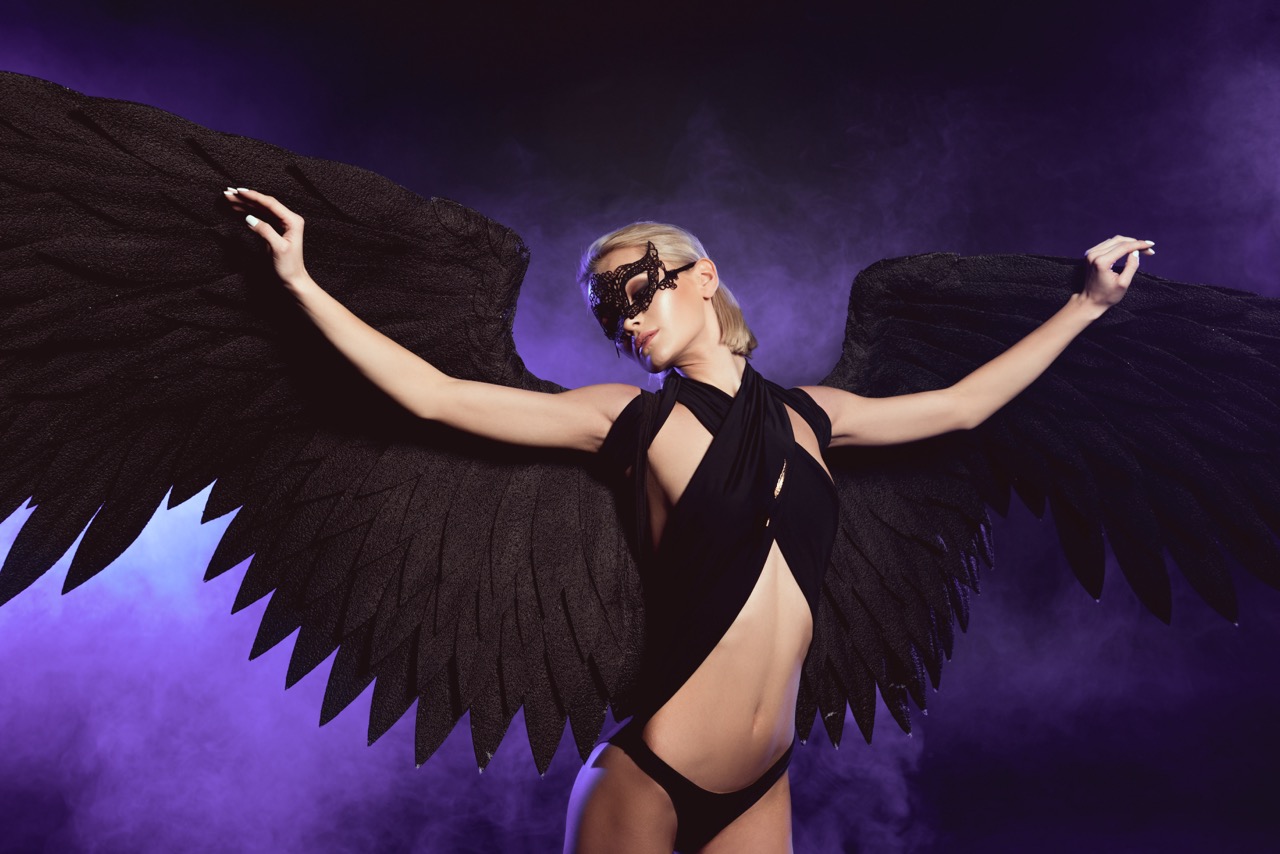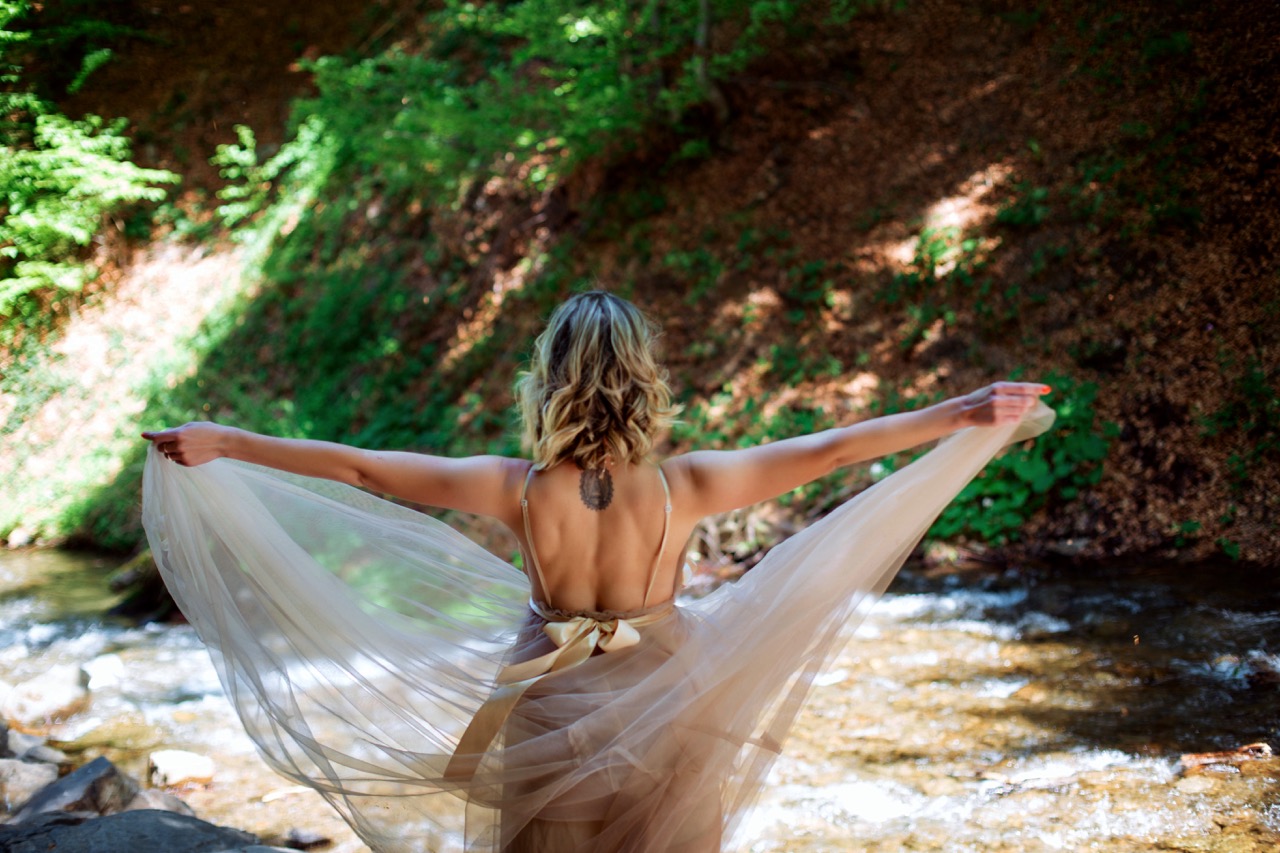Wings have long been a symbol of freedom, fantasy, and transformation, making them a captivating element in both theatrical and cinematic productions. From the majestic feathers of a mythical creature to the sleek, glimmering appendages of a superhuman, winged costumes serve to elevate characters and stories across different mediums. However, the artistic and technical challenges of designing these costumes can vary significantly between stage and film. This article delves into the nuances of winged costumes, examining the unique demands of each medium, the materials and techniques employed, and the inherent challenges that come with enhancing performance through these elaborate designs.
Soaring Styles: The Art of Winged Costumes Explained
The essence of winged costumes lies in their ability to evoke emotion and convey character attributes. In the theater, designers often create elaborate, exaggerated wings that can captivate audiences from a distance. These designs are frequently characterized by bold colors and larger-than-life shapes, allowing performers to embody their characters fully. The stylization in stage costumes is important, as it can enhance the theatricality and symbolism of the performance, creating a visual spectacle that resonates with the audience’s imagination.
In film, however, the approach to winged costumes often leans towards realism and detail. Close-up shots require meticulously crafted wings that not only look authentic but also function seamlessly with the actors’ movements. Designers might utilize actual feathers, intricate embroidery, or even digital effects to achieve a striking representation of wings. The intimacy of the camera allows for subtler designs that focus on character nuances rather than broad strokes, creating a different kind of magic that draws viewers into the story on a more personal level.
Both mediums offer unique artistic opportunities, but they also present their own sets of challenges. In theater, the need for durability and visibility from afar can sometimes sacrifice the intricate detailing that can be achieved in film. Conversely, the limitations of time and budget in film production can restrict the grandiosity that might be more readily embraced on stage. Therefore, the art of winged costumes is a delicate balance between creativity, practicality, and the specific demands of the performance medium.
Stage vs. Screen: The Unique Demands of Each Medium
The stage offers a unique platform where visual impact is essential due to the distance between performers and the audience. Winged costumes must be designed to be striking from afar, often requiring larger-than-life proportions to ensure they remain visually engaging. This spatial dynamic necessitates the use of bold colors and stark contrasts to make the wings stand out against the backdrop and lighting. Moreover, stage performances are often characterized by dynamic movement and choreography, which must be taken into account when designing the wings for balance and safety.
In contrast, the film medium presents a very different set of constraints and advantages. The camera’s ability to capture fine details introduces a need for precision and realism in costume design. Winged costumes need to look believable up close, and this often involves a more nuanced approach to texture and material. Additionally, the wing mechanisms must allow for natural movement as the camera captures every nuance of the performance. This can lead to innovative designs that may not be feasible on stage, such as wings that can retract or expand dynamically during a scene.
Furthermore, the storytelling techniques differ significantly in stage and film. In theater, a character’s transformation might be underscored by a grand entrance with wings fully unfurled. In film, however, the story can unfold gradually, and the wings may be revealed in a more subtle manner, supporting the narrative rather than dominating it. This interplay between costume and storytelling requires designers to adapt their creative vision according to the demands of the medium, ensuring that the wings enhance the performance without overshadowing the narrative.
Crafting Wings: Materials and Techniques for Both Worlds
The choice of materials in winged costume design is crucial, as it affects both the aesthetic appeal and the practical function of the wings. On stage, designers often opt for materials that are lightweight yet durable, such as foam, fabric, or even lightweight metals. These materials allow for large, expressive wings that can withstand the rigors of performance while remaining easy for actors to manipulate. Techniques such as layering fabrics or utilizing structural frames can help create the illusion of voluminous feathers, enhancing the visual impact of the costume.
In film, the need for realism often leads designers to explore a wider variety of materials, including actual feathers, intricate plastics, and advanced composites. Techniques might include 3D printing for precise detailing or the use of animatronics to create moving parts that mimic the flapping of wings. The incorporation of digital effects in film also allows for creative freedom, as designers can blend practical costumes with CGI enhancements, seamlessly integrating them for breathtaking results. The marriage of traditional and digital techniques opens up new possibilities for portraying winged characters in a way that resonates with modern audiences.
Furthermore, the craftsmanship involved in creating winged costumes is a labor of love, demanding skill and creativity. Designers must understand the principles of aerodynamics, weight distribution, and actor movement to ensure that the wings function effectively during performances or shoots. Rigorous testing and iteration are often necessary to achieve the desired results. Ultimately, the choice of materials and techniques is a critical factor that defines the success of winged costumes in both stage and film, with each medium presenting its unique set of opportunities and hurdles.
Overcoming Challenges: Enhancing Performance with Wings
As awe-inspiring as winged costumes can be, they also present a variety of challenges for performers. On stage, the sheer size and weight of wings can affect an actor’s movements and stamina. Designers must create wings that allow for ease of mobility while maintaining their dramatic presence. Balancing these two elements often requires creative engineering, such as attaching wings to a lightweight harness or using counterweights to ensure that the performer can move freely without being encumbered.
In film, the challenge often lies in the seamless integration of wings within a scene. The wings must be designed to accommodate different camera angles and close-ups, ensuring that they appear natural and fluid in motion. This can mean incorporating hidden mechanisms that allow for specific movements or adjustments during filming. Additionally, the presence of a film crew and equipment can complicate physical space, necessitating a design that both accommodates the actor and interacts harmoniously with the environment being captured on camera.
Despite these challenges, the importance of winged costumes in enhancing performance cannot be overstated. They offer a visual metaphor for the character’s journey, embodying themes of freedom, struggle, or transformation. Both stage and film productions benefit from the enchanting allure of wings, as they not only elevate storytelling but also inspire audiences to suspend disbelief and embrace the magic of performance art. Overcoming the challenges associated with winged costumes ultimately leads to unforgettable moments that linger in the minds of viewers long after the final bow or film credit.
The realm of winged costumes is a fascinating intersection of artistry, engineering, and storytelling, with each medium presenting its own unique challenges and rewards. From the grandiosity required on stage to the nuanced realism demanded in film, designers and performers alike must navigate a complex landscape to bring these stunning creations to life. By understanding the intricacies of winged costume design, we can appreciate the dedication and creativity that go into crafting these remarkable elements of performance art. Whether soaring above the stage or gracing the silver screen, winged costumes continue to captivate and inspire, inviting audiences to explore the realms of imagination and possibility.




